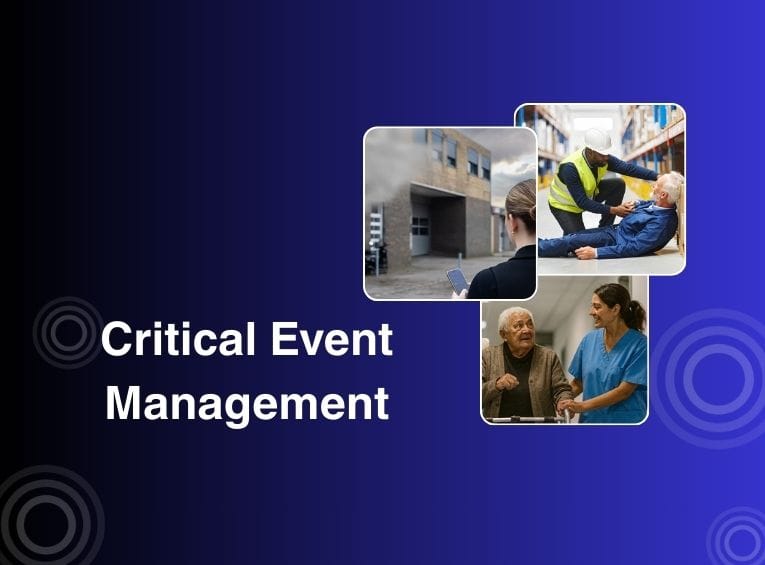Table of contents
Crises Come Without Warning
Business Continuity Management (BCM) is no longer an exception but a necessity to remain operational during crises. Whether it is a power outage that halts operations, a cyberattack that blocks central systems, or a fire that requires evacuation—such incidents often occur unexpectedly and demand quick decisions under extreme pressure.
Those who truly want to protect their processes need more than good intentions: clear structures, predefined procedures, and an organization that continues to function reliably even under stress are essential—in other words, a well-thought-out Business Continuity Plan (BCP).
This is where Critical Event Management comes into play. It provides the toolbox to ensure that crises are not left to chance but are managed in a controlled manner—forming the foundation for effective Business Continuity Management.
Recognizing Business Continuity Risks and Creating Structures
True resilience begins long before the first alarm signal. Organizations must map out their risks and derive realistic scenarios from them.
Which threats could disrupt operations? What are the potential consequences?
On the basis of this risk analysis, clear action structures are created. Responsibilities are defined in the Business Continuity Plan (BCP), and communication routes are established. Emergency plans do not remain on paper but are integrated into systems that can be activated immediately in case of emergency.
Critical Event Management software helps make these structures visible, accessible, and directly deployable—not as a separate document, but as part of a digital, integrated overview of the situation.
Business Continuity Management Through Targeted Alerting
In a crisis, it is not only important that information is distributed quickly—it is essential that it reaches the right people, at the right time, with the right content.
Targeted alerting is therefore one of the most important functions of a modern CEM system. Instead of informing everyone, only those who are responsible or directly involved are alerted. Locations, roles, and tasks are automatically taken into account. This saves valuable time, prevents confusion, and immediately gives key personnel the confidence to act.
By combining communication through multiple channels—such as app, SMS, or voice call—it is ensured that critical information reliably gets through, even in the event of partial outages. This is an indispensable part of professional Critical Event Management software.
Structured Business Continuity Plan for Rapid Decision-Making
Information alone is not enough. What counts is the ability to derive targeted measures from it and coordinate teams efficiently.
Modern CEM platforms provide clear dashboards where tasks, responsibilities, and progress can be tracked in real time. Measures can be prioritized, resources allocated effectively, and bottlenecks identified at an early stage.
Especially under time pressure, this transparency makes it possible to act calmly and systematically instead of reactively and chaotically. This is a decisive advantage in the context of Business Continuity.
Why Critical Event Management Is the Foundation of Business Continuity
Without clear structures, targeted communication, and real-time coordination, crisis management often comes down to improvisation. Those who use Critical Event Management software create a platform that prepares processes, supports people, and protects systems.
Business Continuity does not come from luck or coincidence, but from targeted planning, systematic execution, and continuous optimization. In this respect, CEM is not just a tool but a fundamental building block for sustainable continuity and enhanced resilience.
After the Crisis Comes Optimization
Every crisis is also an opportunity to improve. CEM software automatically records all processes and decisions. This data enables organizations to analyze weaknesses, optimize processes, and draw concrete lessons from every incident.
Not every crisis can be prevented. But organizations that learn from every situation continuously strengthen their resilience.









